
The stencils of skulls on the vests of Iraqi fighters entering Tikrit last week may look familiar to many Americans. The long fanged, wincing face is that of the Punisher, a Marvel comic character whose mission is to fight evil employing all means necessary.
The Punisher’s journey from the mind of a Californian comic-book writer to the battle for Tikrit has been a long one. He was created 40 years ago as an anti-hero cameo for a Feb. 1974 edition of The Amazing Spider-Man.
“The Punisher was originally conceived as a secondary, one-issue, throw-away character,” says Gerry Conway who created the Punisher along with artists John Romita Sr. and Ross Andru. “But readers really responded to him. He was sort of like an anti-villain, as opposed to an anti-hero.”
In his regular life the Punisher is Frank Castle, a veteran of the Vietnam War whose family was killed in the crossfire of a mob dispute. Angry that the police fail to bring his family’s killers to justice, Castle takes the law into his own hands as the Punisher, using torture, murder and kidnapping in his anti-crime crusade. For the Punisher the ends justify the means in fighting evil.
“That is paralleling the Shi’ite militia,” says Aymenn al-Tamimi, a researcher at the Philadelphia-based think tank Middle East Forum.
As a poorly-guided vigilante the Punisher is a well-suited icon for the Iraqi security forces and Shi’ite militia that have been accused of looting towns, burning homes and murder in their fight against the Islamic State of Iraq and Greater Syria (ISIS).
Italian journalist Daniele Raineri documented the popularity of the Punisher image throughout Iraq in a series of tweets last week.
“I think they forget the American association and just think, ‘oh, look how cool we are with these death skulls’,” says Tamimi. He points out that Iraqis appropriate “American symbols, despite of course the rampant anti-Americanism particularly with the Shi’ite militias. It’s an interesting discord.”
These Iraqi fighters are not the first Middle East militants to appropriate American insignia. Tamimi points to the example of the Iraqi Shiite militia Faylaq al-Wa’ad al-Sadiq, which uses the famous image of American soldiers raising the flag at Iwo Jima during World War II on their logo—despite its association with the U.S.
Faylaq al-Wa’ad al-Sadiq “is about as anti-American has you can get. It was a proxy group set up to attack U.S. forces in the days of the Iraq war,” says Tamimi. “‘I think they come to the point where they forget about the American connection and they just see these as general symbols of military might and strength.”
Iron Man, 2008

Domestic: $318,412,101
Worldwide: $585,174,222
The Incredible Hulk, 2008

Domestic: $134,806,913
Worldwide: $263,427,551
Iron Man 2, 2010

Domestic: $312,433,331
Worldwide: $623,933,331
Thor, 2011

Domestic: $181,030,624
Worldwide: $449,326,618
Captain America: The First Avenger, 2011
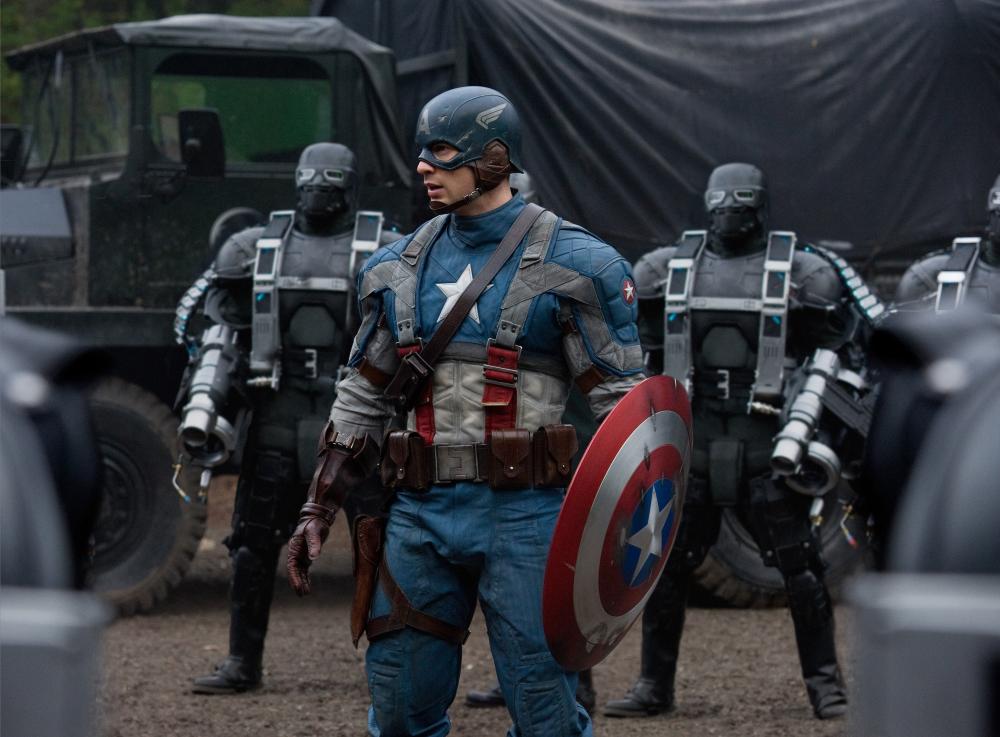
Domestic: $176,654,505
Worldwide: $370,569,774
Marvel’s The Avengers, 2012
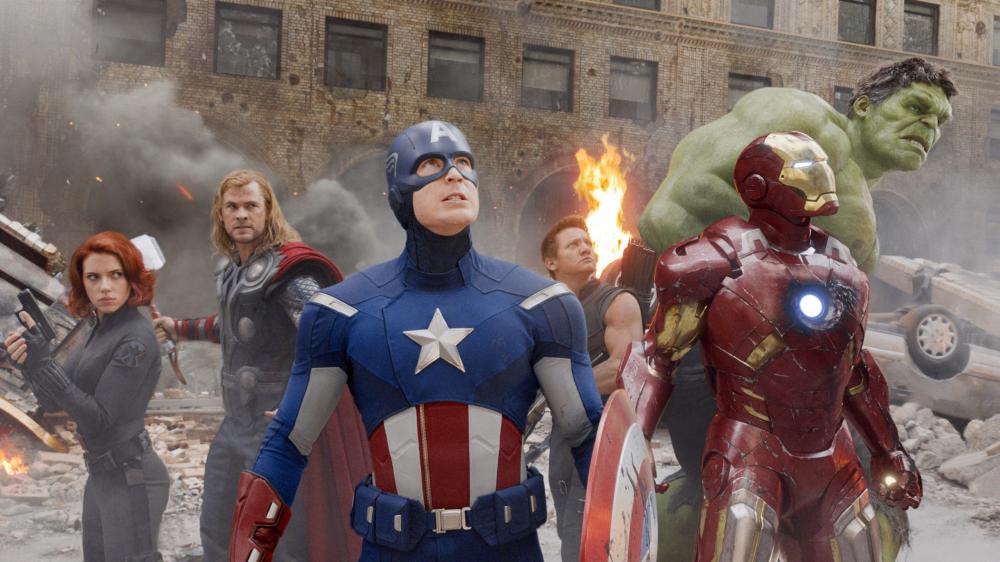
Domestic: $623,357,910
Worldwide: $1,519,557,910
Iron Man 3, 2013

Domestic: $409,013,994
Worldwide: $1,215,439,994
Thor: The Dark World, 2013

Domestic: $206,362,140
Worldwide: $644,783,140
Captain America: The Winter Soldier, 2014
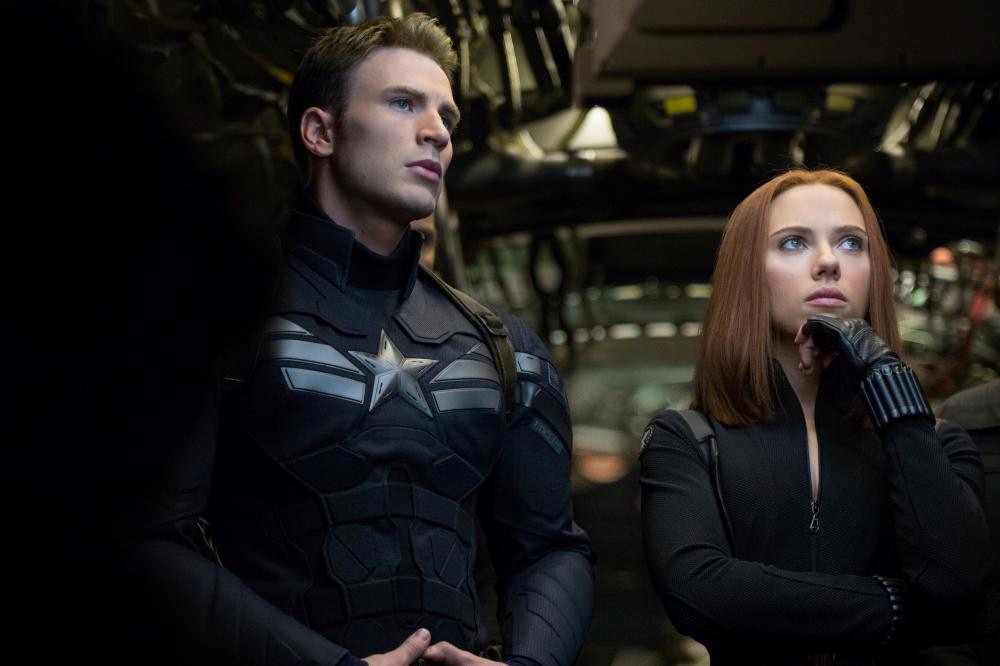
Domestic: $259,766,572
Worldwide: $714,766,572
Correction: The original version of this article misstated the box office totals for Captain America: The Winter Soldier: The movie made $259,766,572 at the domestic box office and $714,766,572 worldwide.
Guardians of the Galaxy, 2014
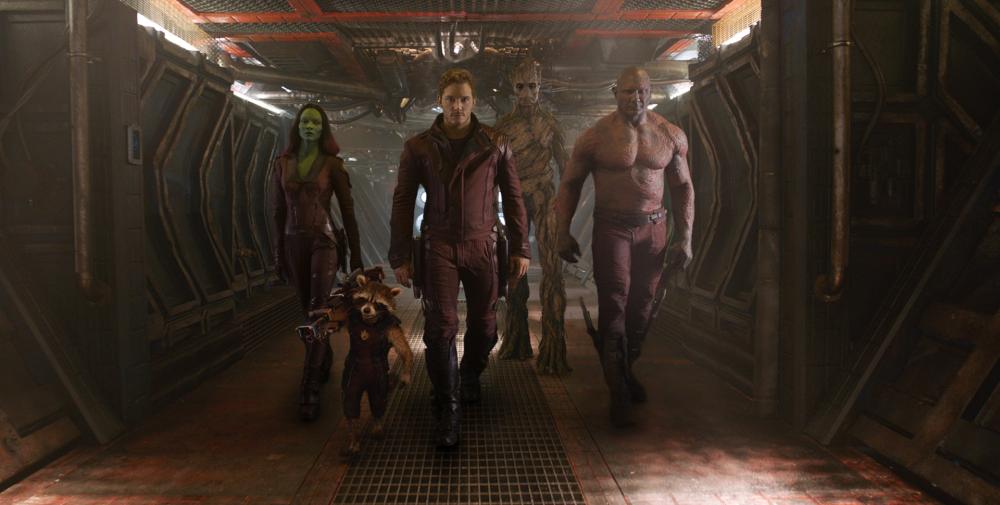
Domestic: $333,176,600
Worldwide: $774,176,600
Avengers: Age of Ultron, 2015
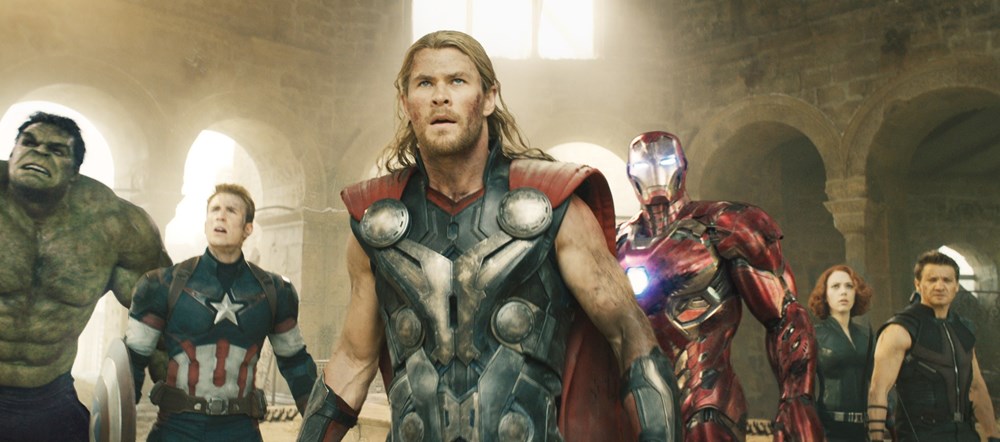
Domestic: $455,392,001
Worldwide: $1,388,692,001
Ant-Man, 2015
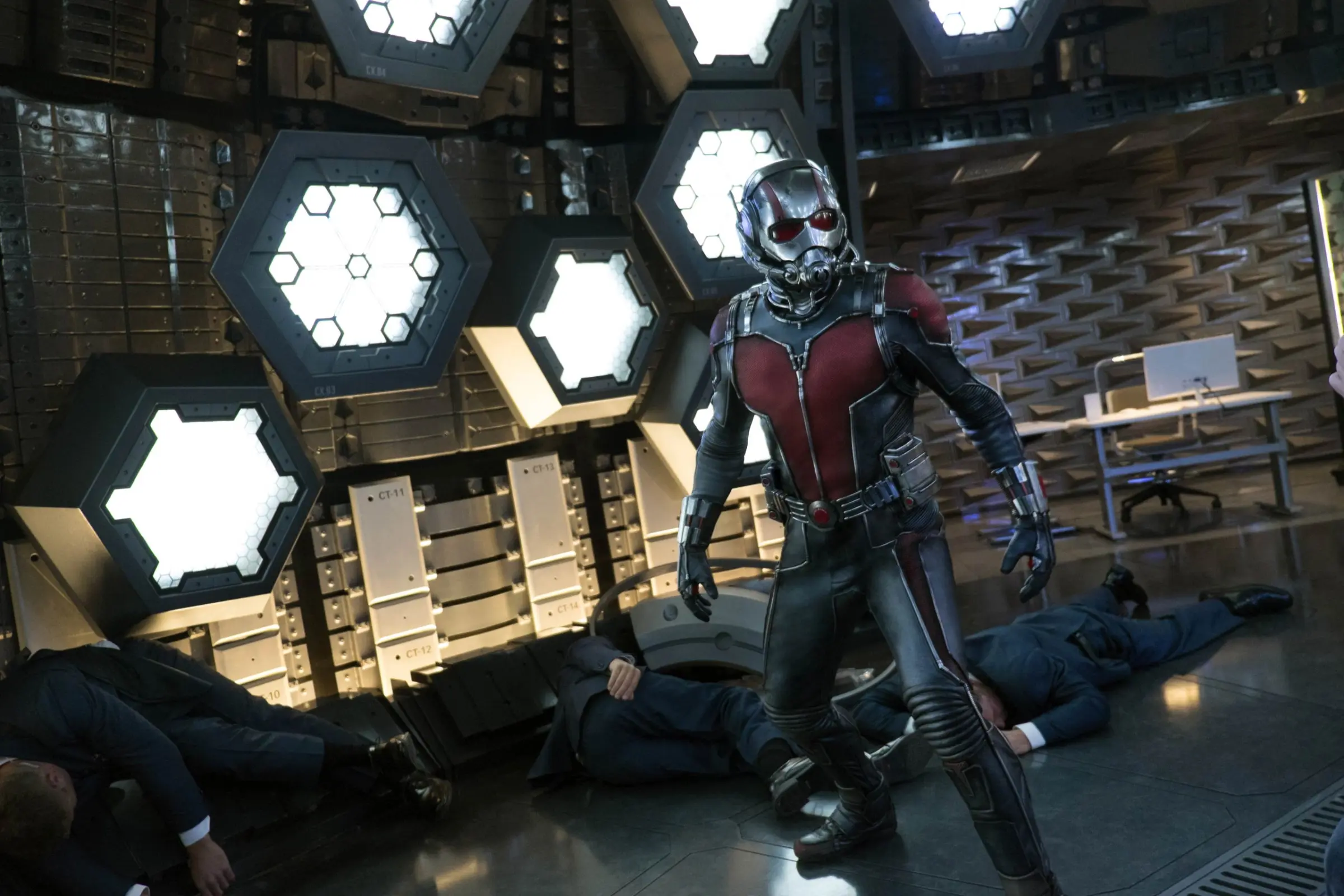
Domestic: TBD
Worldwide: TBD
In the case of the Punisher, it was actually U.S. soldiers that first brought him to the battlefield in Iraq. The unit of Chris Kyle, the American Sniper, called themselves the Punishers, labeling their gear with the four-fang skull and painting it on walls of Iraqi homes and buildings to mark their territory.
“He righted wrongs. He killed bad guys. He made wrongdoers fear him,” wrote Kyle in his autobiography, which details his life as the U.S.’s most deadly sniper. “We spray-painted it on our Hummers and body armor, and our helmets and all our guns. We spray-painted it on every building or wall we could, We wanted people to know, We’re here and we want to f**k with you.”
For Conway, the appropriation of his comic character by gun-toting soldiers and militiamen is uncomfortable, if not depressing.

“I was an anti-war person. I argued against it and certainly wrote against it,” says Conway who was 21-years-old when he invented the character. At the time he filed for conscious objector status before being excused from the draft for the Vietnam War on medical grounds. “We’d probably be considered the weak-kneed hippies they’d want to punch out.”
Perhaps the strangest thing for Conway is how popular the Punisher has become despite the character’s moral ambiguity and violent actions. People wearing t-shirts with the skull emblem regularly approach Conway at comic-book conventions, proclaiming the Punisher is their favorite character.
“In my mind he’s not a good guy,” say Conway.
However, Conway says he can understand how the Punisher may appeal to soldiers and militiamen who risk their lives for a cause in sometimes morally difficult situations.
“Here’s a guy that never questions himself. He never asks, ‘am I doing the right thing?’ say Conway. “I think there is something really attractive about that to people.”
It was so attractive, that in Kyle’s memoir he notes that his unit’s sister platoon had wanted to use the Punisher also.
“We told them we are the Punishers. They had to get their own symbol,” wrote Kyle. But while they might have stopped their American comrades from adopting the Punisher, they clearly had no control over the Iraqi fighters of today. And Conway has no control at all over who uses his character.
“I’m flabbergasted by the whole thing,” says Conway. “It’s very strange for me as creator to see this. Nobody asked my permission.”
More Must-Reads from TIME
- Donald Trump Is TIME's 2024 Person of the Year
- Why We Chose Trump as Person of the Year
- Is Intermittent Fasting Good or Bad for You?
- The 100 Must-Read Books of 2024
- The 20 Best Christmas TV Episodes
- Column: If Optimism Feels Ridiculous Now, Try Hope
- The Future of Climate Action Is Trade Policy
- Merle Bombardieri Is Helping People Make the Baby Decision
Contact us at letters@time.com